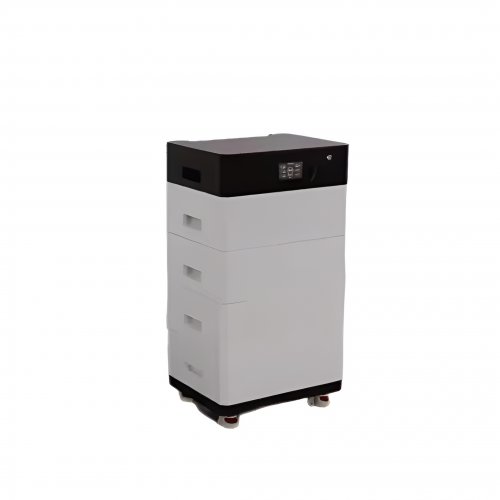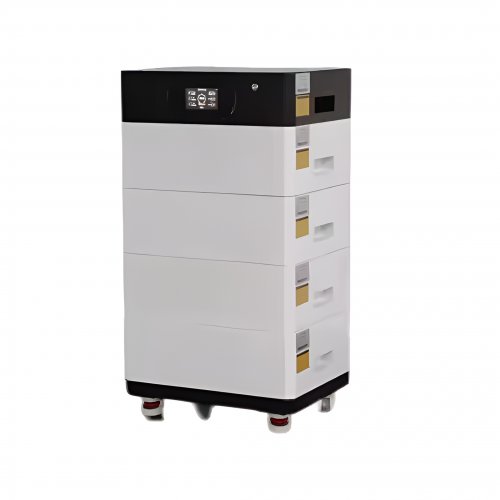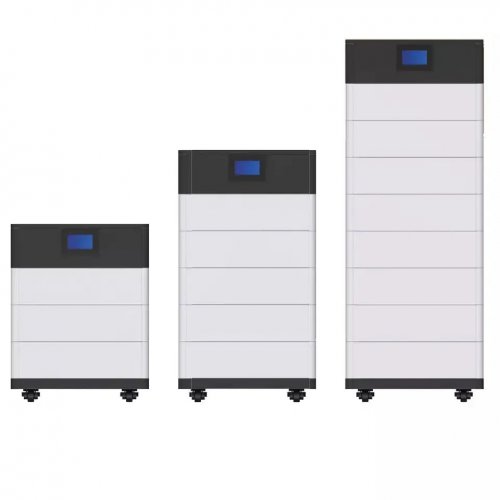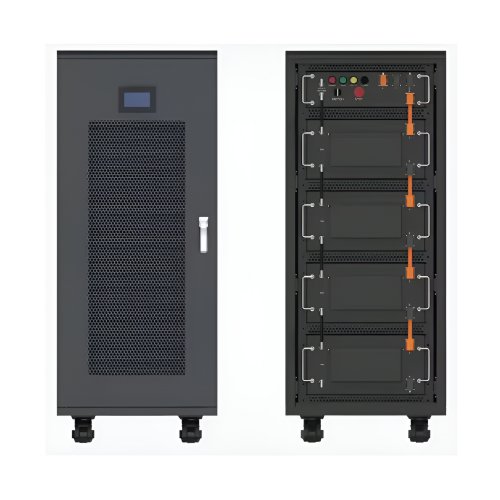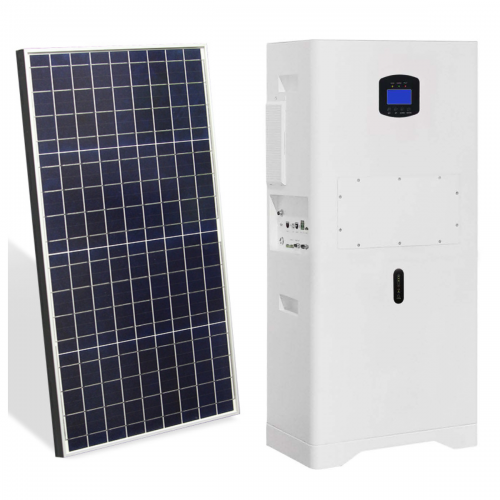How To Use Maintenance Tips: A Practical Guide To Extending Product Lifespan And Performance
Proper maintenance is not merely an occasional chore; it is a systematic approach to preserving the functionality, safety, and value of your possessions. Whether it's a car, a laptop, a household appliance, or even your own health, a proactive maintenance strategy prevents minor issues from escalating into major, costly failures. This guide provides a structured framework for understanding, finding, and effectively applying maintenance tips to nearly any item in your life.
Before diving into specific steps, it's crucial to grasp the philosophy behind maintenance. Effective upkeep is built on three pillars:
1. Prevention (Proactive Maintenance): This involves actions taken to prevent problems before they occur. Examples include changing your car's oil regularly to avoid engine wear or cleaning your laptop's vents to prevent overheating. 2. Inspection (Predictive Maintenance): This is the practice of regularly checking an item for early signs of wear and tear. Listening for unusual noises in your car, checking bicycle tire pressure before a ride, or looking for cracks in appliance hoses are all forms of inspection. 3. Correction (Reactive Maintenance): This addresses problems after they have been identified. While the goal is to minimize this through prevention, it is an essential part of the cycle. Fixing a leaky faucet or replacing a worn-out brake pad are corrective actions.
A robust maintenance plan seamlessly integrates all three approaches.
Follow this structured process to apply maintenance tips effectively and safely.
Step 1: Source Authoritative Information Your first task is to find reliable, manufacturer-specific advice. The best sources are:The User Manual: This is your primary resource. It contains scheduled maintenance timelines, recommended fluids/parts, and specific procedures from the engineers who designed the product. If you've lost it, most manufacturers offer digital copies on their websites.Official Manufacturer Websites and Portals: These often host FAQs, video tutorials, and detailed support articles.Reputable Specialized Forums and Communities: Platforms dedicated to your specific product (e.g., car model, computer brand, power tool) are invaluable. Experienced users and certified technicians often share detailed insights and solutions to common problems.Verified YouTube Channels: Look for channels run by certified mechanics, IT professionals, or licensed technicians. Watch the entire video before starting your task.
Step 2: Create a Maintenance Schedule Information is useless without organization. Create a maintenance log. This can be a simple spreadsheet, a notes app, a physical calendar, or a dedicated maintenance app. For each item, log:Task: The specific action (e.g., "Replace HVAC air filter").Frequency: How often it needs to be done (e.g., "Every 3 months" or "Every 5,000 miles").Last Completed Date: The date you last performed the task.Next Due Date: The date it is next required.Notes: Any observations, part numbers used, or reminders for next time.
Scheduling transforms vague intentions into actionable plans.
Step 3: Gather the Right Tools and Materials Attempting a maintenance task without the correct tools can lead to damage or injury. Before you begin, ensure you have:Tools: The exact wrenches, screwdrivers, or diagnostic tools recommended.Materials/Consumables: The correct type and grade of oil, filter, glue, lubricant, or battery. Using the wrong type can void warranties or cause damage.Safety Equipment: Never compromise on safety glasses, gloves, ear protection, or a mask. A well-ventilated workspace is also a critical tool.
Step 4: Execute the Task with Care When it's time to perform the maintenance:Power Down and Disconnect: For electrical appliances and vehicles, always disconnect from the power source or disconnect the battery before beginning work.Work Methodically: Follow the instructions step-by-step. Do not skip steps. If a part is difficult to remove, don't force it; reassess the instructions.Take Photos: As you disassemble components, take pictures with your phone. This provides a visual guide for reassembly, ensuring everything goes back in its correct place.Clean as You Go: Maintenance is an excellent opportunity to clean. Removing dust, grime, and old grease can significantly improve performance and help you spot potential issues.
Step 5: Dispose and Document Properly dispose of old parts, chemicals, and fluids according to your local regulations. Many auto parts stores accept used oil and old batteries. Once the task is complete, immediately update your maintenance log with the date and any notes for the future.
Start Small: If you're new to maintenance, build confidence with simple tasks like replacing air filters or cleaning dryer vents before attempting more complex procedures.The 5-Minute Rule: Incorporate tiny, sub-five-minute inspections into your routine. Quickly check your bicycle's tire pressure and chain, listen for strange sounds from your refrigerator, or visually inspect your water heater for leaks. These micro-checks can reveal early warnings.Use the Right Lubricant: Not all lubricants are the same. Using WD-40 on a bicycle chain where a proper chain lube is required will attract dirt and cause faster wear. Research the appropriate product for each application.Don't Over-tighten: When reassembling, tighten bolts and screws to a "snug" fit. Over-tightening can strip threads, crack housings, or cause undue stress on components. A torque wrench is ideal for critical applications like car wheels or cylinder heads.Know Your Limits: Be brutally honest about your skill level. Tasks involving high voltage (like inside a microwave or AC unit), structural integrity (like house foundations), complex engine repairs, or gas lines should be left to licensed professionals. The cost of a mistake is far higher than the cost of hiring an expert.Avoid Generic Advice for Critical Systems: While a blog post might suggest a "universal" coolant, your car's manufacturer may require a specific formula to prevent corrosion in its unique engine. Always defer to the official manual for critical fluids and parts.Beware of "Lifetime" Claims: Be skeptical of parts marketed as having a "lifetime" guarantee. This often refers to the lifetime of the part, not your product. For example, "lifetime" transmission fluid does not exist; it degrades over time and needs replacement.Never Ignore Warning Signs: Unusual noises, smells, error messages, or performance drops are pleas for help from your equipment. Address these signs immediately. Procrastination is the enemy of maintenance and turns a simple, inexpensive fix into a catastrophic failure.By integrating these maintenance tips into your routine, you shift from being a passive user to an empowered owner. You will save significant money, reduce waste by extending product lifecycles, and enjoy the immense satisfaction and security that comes from knowing your belongings are in optimal condition.
Customized/OEM/ODM Service
HomSolar Supports Lifepo4 battery pack customization/OEM/ODM service, welcome to contact us and tell us your needs.


HomSolar: Your One-stop LiFePO4 Battery Pack & ESS Solution Manufacturer
Our line of LiFePO4 (LFP) batteries offer a solution to demanding applications that require a lighter weight, longer life, and higher capacity battery. Features include advanced battery management systems (BMS), Bluetooth® communication and active intelligent monitoring.

Customised Lithium Iron Phosphate Battery Casing
ABS plastic housing, aluminium housing, stainless steel housing and iron housing are available, and can also be designed and customised according to your needs.

HomSolar Smart BMS
Intelligent Battery Management System for HomSolar Energy Storage System. Bluetooth, temperature sensor, LCD display, CAN interface, UART interface also available.


Terminals & Plugs Can Be Customized
A wide range of terminals and plugs can be customised to suit the application needs of your battery products.

Well-designed Solutions for Energy Storage Systems
We will design the perfect energy storage system solution according to your needs, so that you can easily solve the specific industry applications of battery products.



About Our Battery Cells
Our energy storage system products use brand new grade A LiFePO4 cells with a battery lifespan of more than 4,000 charge/discharge cycles.



Applications in Different Industries
We supply customized & OEM battery pack, assemble cells with wiring, fuse and plastic cover, all the cell wires connected to PCB plug or built BMS.
Applications: E-bike, Electric Scooter, Golf Carts, RV, Electric Wheelchair, Electric Tools, Robot Cleaner, Robot Sweeper, Solar Energy Storage System, Emergency Light, Solar Power Light, Medical Equipment, UPS Backup Power Supply.
We can provide you with customized services. We have the ability to provide a vertical supply chain, from single cells to pack/module and to a complete power solution with BMS, etc.


HomSolar (Shenzhen) Technology Co., Ltd







